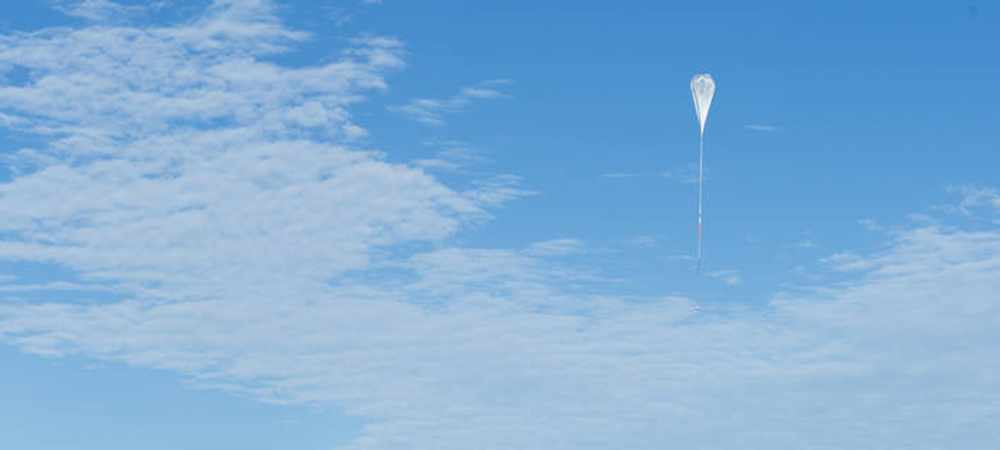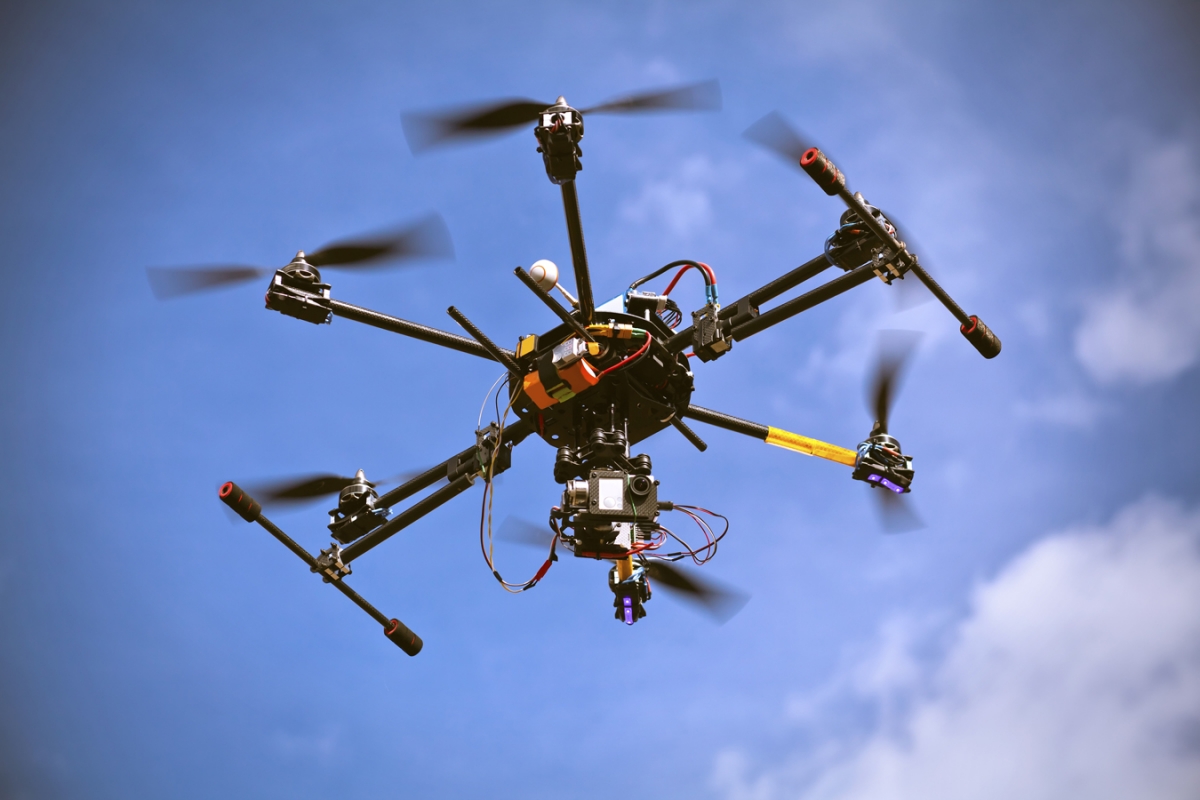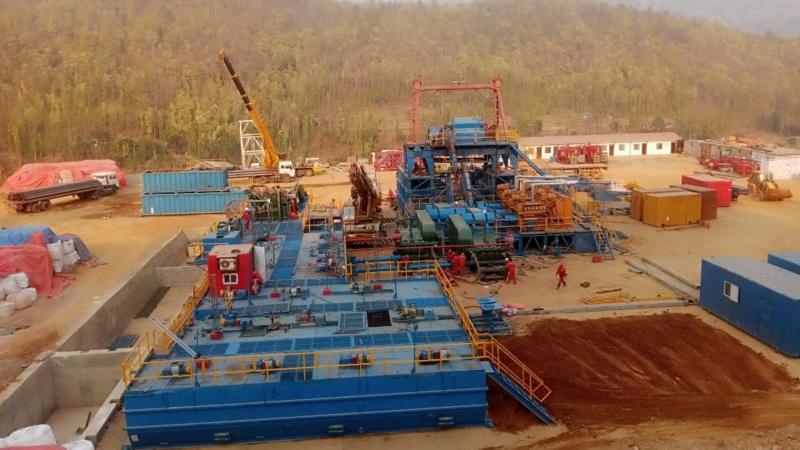NASA’s scientific balloon experts are in Wanaka, New Zealand, prepping for the fourth flight of an 18.8 million-cubic-foot (532,000 cubic-meter) balloon, with the ambitious goal of achieving an ultra-long-duration flight of up to 100 days at mid-latitudes. After years of tests and development, NASA’s Balloon Program team is on the cusp of expanding the envelope in high-altitude, heavy-lift ballooning with its super pressure balloon (SPB) technology.
Launch of the pumpkin-shaped, football stadium-size balloon is scheduled for sometime after April 1, 2016, from Wanaka Airport, pending final checkouts and flight readiness of the balloon and supporting systems.
Once launched, the SPB, which is made from 22-acres of polyethylene film – similar to a sandwich bag, but stronger and more durable – will ascend to a nearly constant float altitude of 110,000 feet (33.5 km). The balloon will travel eastward carrying a 2,260-pound (1,025 kg) payload consisting of tracking, communications and scientific instruments. NASA expects the SPB to circumnavigate the globe once every one to three weeks, depending on wind speeds in the stratosphere.Up to a hundred days at float could shatter the current SPB flight duration record of 54 days, which occurred over Antarctica in 2009. To achieve this goal flying at mid-latitudes, where the balloon endures pressure changes due to the heating and cooling of the day-night cycle, the SPB flight must do what no other balloon has accomplished before.
Longer-duration flights enable longer observations of scientific phenomena, the ability to survey more sources, and more time to observe weak or subtle sources. In addition, mid-latitude flights are essential for making observations at night, a requirement for certain types of scientific investigations. These two aspects greatly enhance the return on science, and combined with the relatively low-cost of balloon missions, SPB could become a competitive platform for a number of scientific investigations that would otherwise need to launch into orbit.






